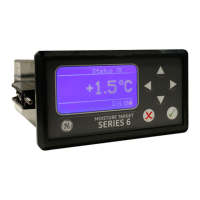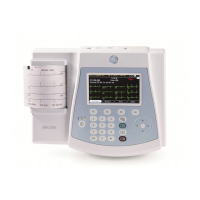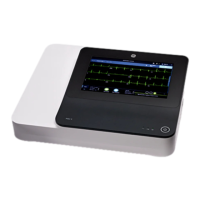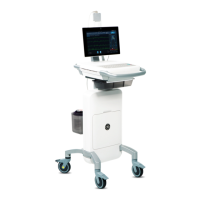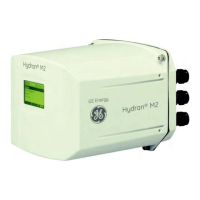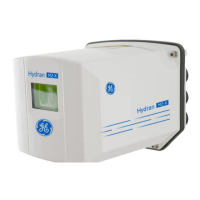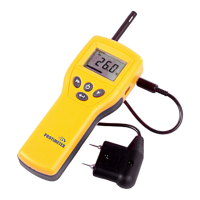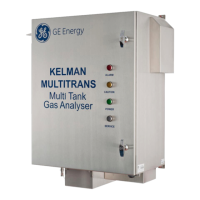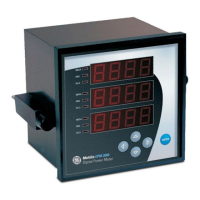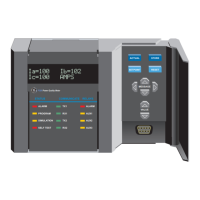GE Analytical Instruments ©2006 14-2 DLM 14291 Rev. A
reported at pH 4.2, but some care must be exercised to ensure that nitrite
does not produce a response.
Preparation of Nitrosothiols Standards
Low molecular weight nitrosothiols are prepared by reaction of equimolar
amounts of nitrite (in water) and the thiols (in 1 M HCl). Under acidic
conditions, the nitrosothbiols are relatively stable, but should be kept cold and
fresh standards should be prepared daily. This method for preparation is not
quantitative and the concentration of RSNO formed in the reaction should be
confirmed by another method such as the Saville technique (Saville, B. Analyst
1958, 83, 670-672).
Copper(I)/Iodide/Iodine Reagent
Marley and co-workers (Marley, R., Feelisch, M., Holt, S., and Moore, K. A
Chemiluminescence-based Assay for S-nitroso-albumin and Other Plasma S-
nitrosothiols. Free Rad Res 2000:32(1):1-9) have reported a technique for
measurement of S-nitroso-albumin and other plasma nitrosothiols based on
alkylation of free thiols with N-ethylmaleimide, removal of nitrite by reaction
with acidified sulfanilamide and reduction of RSNOs using Cu(I)/I
-
/I
2
at 70 °C.
Preparation of the Reducing Agent
The preparation of the reagent is similar to that described in Chapter 12 for
nitrite reduction. Glacial acetic acid is added to the purge vessel then an
aqueous solution of KI is added to the acid. Just prior to injection of the
sample, a small volume of 200 mM CuSO
4
is added to the purge vessel. Due in
part to the large sample volumes (100 – 2000 µL)), the reagent is replaced after
each injection.

